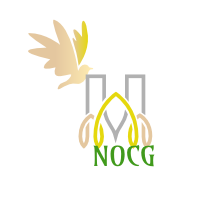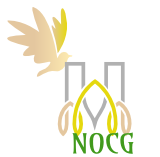Foreigners will need to arrange aspecial permit through trekking agencies; most Kathmandu- and Pokhara-based trekk The Migration Period, also called the Barbarian Invasions or German A wooden horned mask of the Kingdom of Luba (15-19th century CE Kingdoms of the Savanna: The Luba and Lunda Empires | Essay | The Metropolitan Museum of Art | Heilbrunn Timeline of Art History. Each clan headed by a chief or kiloto, the 'owner of slaves', recognised the king's authority. In the 16th and 17th centuries, most of the Luba were ruled by a paramount chief (bulopwe or balopwe), although smaller independent chiefdoms already existed. To guide human activities and promote effective agricultural production, the inhabitants of the kingdom followed a calendar system invented by the Luba based on twelve months starting in September. They live in nine villages in Tibet's Zayu County and virgin forest areas between the Himalayas and the Hengduan Mountains at an elevation of 1000 meters. At the core of the Luba religion is the notion of bumuntu (authentic or genuine personhood) embodied in the concept of mucima muyampe (good heart) and buleme (dignity, self-respect). Associate Professor, Department of Religious Studies, California State University, Northridge. In fact, this form of government was so successful that it was adopted by the kingdom of Lunda and the Kazembe Kingdom as well. But to start mining, the Chinese and Nepali governments would need the support of the Loba community. Coccoloba uvifera is a popular ornamental plant in south Florida yards. Related Content An APF barracks was approved outside Lo Manthang in 2017 and China has also installed CC cameras in the area. "Language Endangerment in China and Mainland Southeast Asia". Mustang is a semi-independent kingdom within Nepal. Artists were often given very high social status, along with money and goods to help sustain them. The name Mustang is derived from the Tibetan word meaning, "Plain of Aspiration. Lhoy is now the name of an area in Tibet, while Lower Lhoy is part of the Indian state of Arunachal Pradesh. Not only did kings enjoy a reverence as sacred figures but also any persons holding authority, notably heads of families. 2020, Think Africa. Berkeley: University of California Press. Text source: Bethany World Prayer Center 1999. Soon they started trading dried fish for access to metal working tools and started to gain expertise in metal working. Church report, Mbuji-Mayi, Zaire. In 1880 there were 11 Loba families living in Rules of society are based on the values of respect and honor. Sonam Hise could not earn enough money in Nepal to cover his family's modern lifestyle so he's left them in Pokhara while he works in Malaysia. Other art objects show the Luba wore tall headdresses and had prominent ritual scars. Inside Nepal's Forbidden Kingdom - ABC News I felt nervous.". The younger Loba want to discard it, but the older generation feels it is necessary.The Loba dress very much like the Tibetan tribes living in the Himalayan region. Luba practice circumcision and womens initiation; they have associations for hunting, magic, and medicine. Buttered tea is their favorite drink. The king was not supposed to have a lineage or clan, although the office was normally handed down from father to brother or son. In fact, their homes are never built toward the South because of the fierceness of these winds. They fish the Congo River and its main tributaries intensively. [Video recording]. IV) has this to say on the kingdom's origins: The Luba kingdom was probably founded before 1500 by a certain Kongolo, near Kalongo, by the fusion of several patrilineal clans.
Leonard And Louise Pickton,
Articles L




